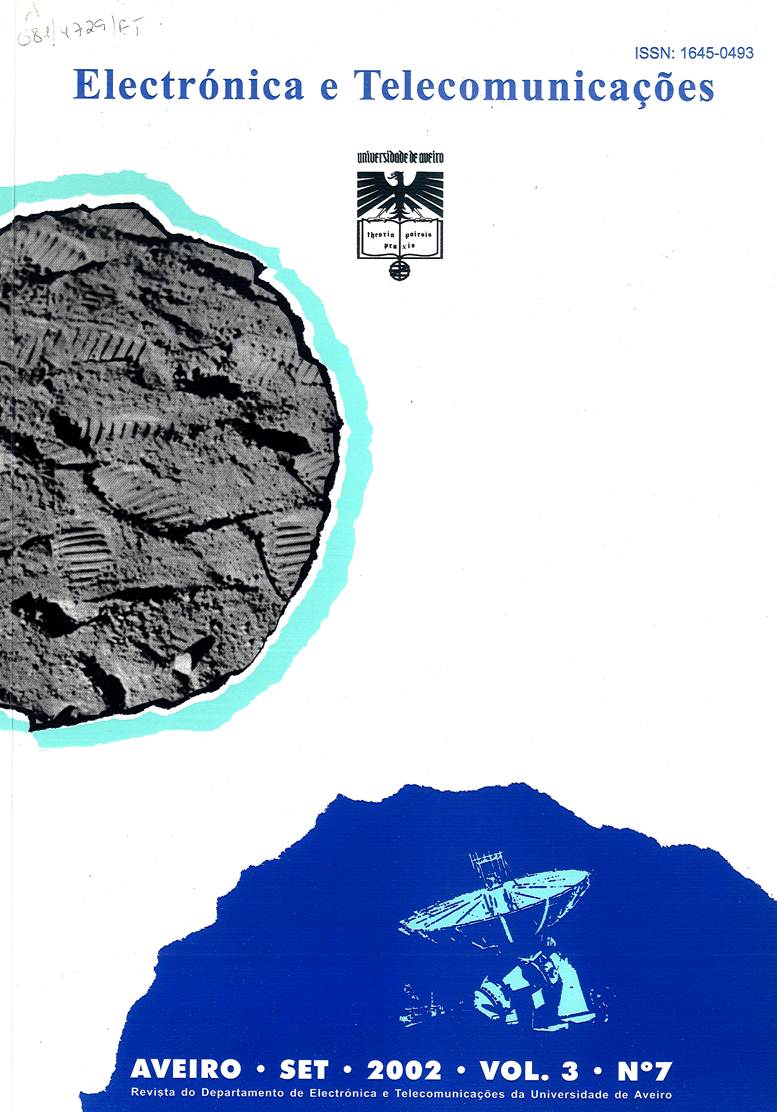The use of the EIT principles for the “in vivo” measurement of the electric resistivities of brain, skull and scalp
Resumo
The goal of this work is to perform the “in vivo“ measurement of equivalent electric resistivities of skull(ρskull) and brain (ρbrain) using an Electric Impedance Tomography (EIT) based method and realistic models for the head. Results demonstrate that ρskull/ρbrain is more likely to be within 20 and 50 rather than equal to the commonly accepted value of 80. The variation in ρbrain (average=301 Ω.cm, SD=13%) and ρskull (average=12230 Ω.cm, SD=18%) is decreased by half, when compared to the results using the sphere model, showing that the correction for geometry errors is essential to obtain realistic estimations for the resistivities. Earlier results show the necessity of calibrating ρbrain and ρskull, by measuring them “in vivo” for each subject, in order to decrease errors associated with the EEG Inverse Problem (IP). We show that the proposed method is suited to this goal.




